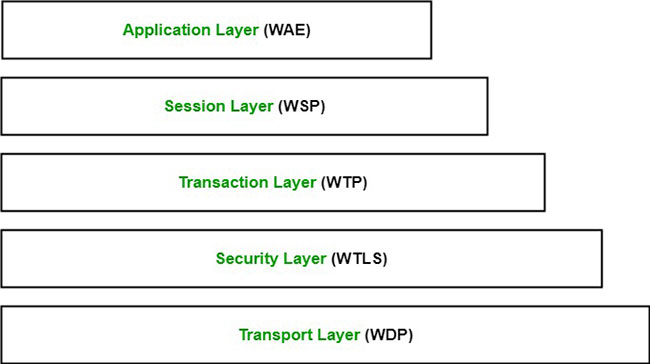Wireless Application Protocol (WAP) price, marketcap, chart, and fundamentals info
WML is defined as an XML 1.0 application. It allows to create web applications for mobile devices. In 1998, WAP Forum was founded by Ericson, Motorola, Nokia and Unwired Planet, with the aim of standardizing various wireless technologies through protocols.
The WAP protocol is the result of the joint efforts of the members of the WAP Forum. In 2002, the WAP Forum was merged with many other industry forums, leading to the creation of the Open Mobile Alliance (OMA).

WAP model
The user opens the browser on the mobile device and selects a website to view. The mobile device sends the URL-encoded request over the network to the WAP gateway using the WAP protocol.

The WAP gateway converts this WAP request into a regular HTTP URL request and sends it over the Internet. The request comes to a specified web server and it handles the request just like any other request and sends the response back to the mobile device via the WAP port in the WML file, which can be seen in micro- browser.
WAP protocol layers

1. Application class
This class contains the Wireless Application Environment (WAE). It contains mobile device specifications and content development programming languages such as WML.
2. Class session
This layer contains the Wireless Session Protocol (WSP). It provides the ability to suspend the connection and reconnect quickly.
3. Transaction class
This layer contains the Wireless Transaction Protocol (WTP). It runs on UDP (User Datagram Protocol) and is part of TCP / IP and provides transaction support.
4. Class of security
This class contains Wireless Transaction Layer Security (WTLS). It provides data integrity, privacy, and authentication.
5. Transport class
This class contains the Wireless Datagram Protocol. It presents a consistent data format for the higher layers of the WAP protocol stack.
 What is Application Layer Attack?
What is Application Layer Attack? What is DDoS ICMP Flood?
What is DDoS ICMP Flood? What is Malware? What kind of attack is Malware?
What is Malware? What kind of attack is Malware? What is Volumetric DDoS Attack?
What is Volumetric DDoS Attack? What is PCAPNG file? How to open PCAPNG file
What is PCAPNG file? How to open PCAPNG file What is Automation testing?
What is Automation testing?